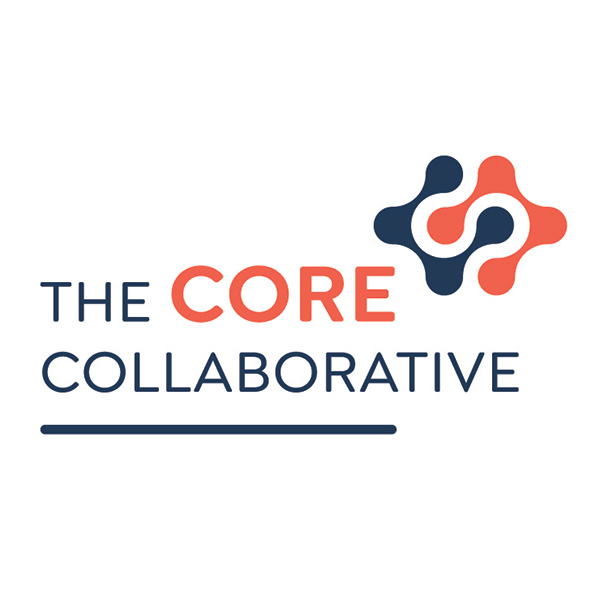Ever found yourself reading aloud to your kids and suddenly realized you’re the human equivalent of a buffering YouTube video? Fear not, fellow page-turner! We’re diving into the world of reading fluency, where stumbles become smooth sailing, and you’ll be reading bedtime stories like a pro in no time!
 What is reading fluency?
What is reading fluency?
Reading fluency is crucial as it forms the foundation for all aspects of reading. Fluent readers can decode words effortlessly, allowing them to focus on comprehension and the deeper meaning of the text. This skill enhances vocabulary, understanding of syntax, and overall reading enjoyment, making reading a more engaging and enriching experience. Furthermore, fluency fosters confidence and motivation, encouraging readers to explore diverse genres and complex materials, thus broadening their knowledge and critical thinking skills. Ultimately, reading fluency is not just about speed, but about building a bridge to advanced literacy and lifelong learning.
Reading fluency is essential for effective comprehension and overall literacy. To support students in developing fluency with accuracy, rate, and expression, it’s beneficial to adopt an asset-based approach. This means recognizing and leveraging students’ strengths, experiences, and cultural backgrounds.
Here are three innovative, asset-based strategies to enhance reading fluency in your classroom.
1. Leveraging Students’ Linguistic Backgrounds
Why It Works: Students come to the classroom with diverse linguistic backgrounds that are often underutilized assets. Valuing and incorporating students’ home languages and dialects can significantly enhance their reading fluency by building on their existing language skills.
How to Implement:
- Bilingual Books: Introduce bilingual books that include text in both students’ home languages and English. This helps students make connections between languages and enhances their understanding and fluency.
- Code-Switching Activities: Encourage students to practice code-switching, moving between languages or dialects as they read. This can build their confidence and fluency in both languages.
- Language-Rich Environment: Create a classroom environment that celebrates linguistic diversity. Display words, phrases, and literature from various languages, and encourage students to share their linguistic knowledge.
Example Activity: Host a “Language Celebration Day” where students bring in books or stories from their home languages. They can read a portion in their native language, then in English, and discuss the differences and similarities in expression and meaning.
By leveraging students’ linguistic backgrounds, incorporating their cultural narratives, and harnessing their interests and strengths, educators can create a supportive and engaging learning environment that fosters reading fluency with accuracy, rate, and expression.
2. Incorporating Students’ Cultural Narratives 
Why It Works: Students’ cultural backgrounds are rich sources of stories and oral traditions that can be harnessed to improve reading fluency. By integrating these narratives into the classroom, students become more engaged and motivated to read with accuracy and expression.
How to Implement:
- Storytelling Sessions: Encourage students to share stories from their cultural backgrounds. This not only builds confidence but also helps in practicing expressive reading and understanding narrative structures.
- Cultural Texts: Use texts that reflect students’ cultural heritages in your curriculum. Select stories, folktales, and poetry that resonate with their experiences and histories.
- Personal Narratives: Have students write and share personal narratives. This activity can improve their fluency as they practice reading their own writing aloud with appropriate expression and pacing.
Example Activity: Create a “Cultural Story Quilt” where each student contributes a story from their culture. They can practice reading their story aloud to the class, focusing on fluency aspects like pacing, expression, and accuracy. Compile these stories into a class anthology.
3. Harnessing Students’ Interests and Strengths to Increase Reading Fluency
Why It Works: When students read about topics they are passionate about, they are more likely to be engaged and motivated, which positively impacts their reading fluency. Recognizing and integrating their interests and strengths into reading activities can make a significant difference.
How to Implement:
- Interest Surveys: Conduct surveys to discover students’ interests and hobbies. Use this information to select reading materials that align with their passions.
- Strength-Based Grouping: Group students according to their strengths and interests for reading activities. This peer-supported learning environment can boost confidence and fluency.
- Project-Based Learning: Incorporate project-based learning that involves reading and researching topics of interest. Students can present their findings, practicing reading aloud with fluency.
Example Activity: Implement a “Reading Passion Project” where students choose a topic they are passionate about. They read books, articles, and other materials on this topic, and then create a presentation. During their presentations, focus on reading fluently with accurate rate and expression, providing feedback and support as needed.
Asset-Based Approaches to Reading Fluency Work
An asset-based approach to reading fluency recognizes and builds on the diverse strengths, languages, and cultural backgrounds of students. By leveraging students’ linguistic backgrounds, incorporating their cultural narratives, and harnessing their interests and strengths, educators can create a supportive and engaging learning environment that fosters reading fluency with accuracy, rate, and expression. These strategies not only improve literacy skills but also celebrate the rich diversity of the classroom, fostering a deeper connection to reading and learning.
More Fluency

